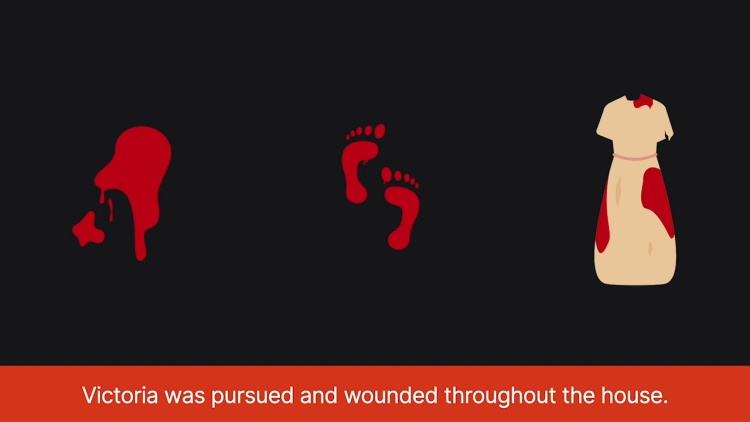People v. Anderson
California Supreme Court
70 Cal.2d 15, 447 P.2d 942 (1968)

- Written by Carolyn Strutton, JD
Facts
Robert Anderson (defendant) lived with Mrs. Hammond and her three children, Cynthia, Kenneth, and 10-year-old Victoria. One day, Victoria was at home alone with Anderson, who had been drinking heavily, while Mrs. Hammond was at work. When Mrs. Hammond and Kenneth returned home separately later in the day, they both noticed blood around the house, and Anderson gave them conflicting explanations for the blood. Mrs. Hammond and Kenneth became suspicious about Victoria’s apparent absence, and they soon found her nude, mutilated body in her bedroom. When the police arrived, they found that the front door had been locked and shades drawn, bloodstains throughout the house showing that Victoria had been pursued and wounded in multiple rooms including on the master bed, a bloody knife, Victoria’s shredded and bloody clothing, and Anderson’s bloody shorts and socks. Victoria had suffered dozens of wounds, including wounds that were sexual in nature, but no sperm was found on her body or clothing. Anderson was convicted of first-degree murder and sentenced to death. The conviction and sentence were overturned because of a procedural error, and Anderson was tried again. The jury in the second trial again convicted Anderson of first-degree murder and sentenced him to death. Pursuant to California law, the case was automatically reviewed by the California Supreme Court because the trial court imposed the death penalty.
Rule of Law
Issue
Holding and Reasoning (Tobriner, J.)
Dissent (Burke, J.)
What to do next…
Here's why 899,000 law students have relied on our case briefs:
- Written by law professors and practitioners, not other law students. 47,000 briefs, keyed to 994 casebooks. Top-notch customer support.
- The right amount of information, includes the facts, issues, rule of law, holding and reasoning, and any concurrences and dissents.
- Access in your classes, works on your mobile and tablet. Massive library of related video lessons and high quality multiple-choice questions.
- Easy to use, uniform format for every case brief. Written in plain English, not in legalese. Our briefs summarize and simplify; they don’t just repeat the court’s language.





